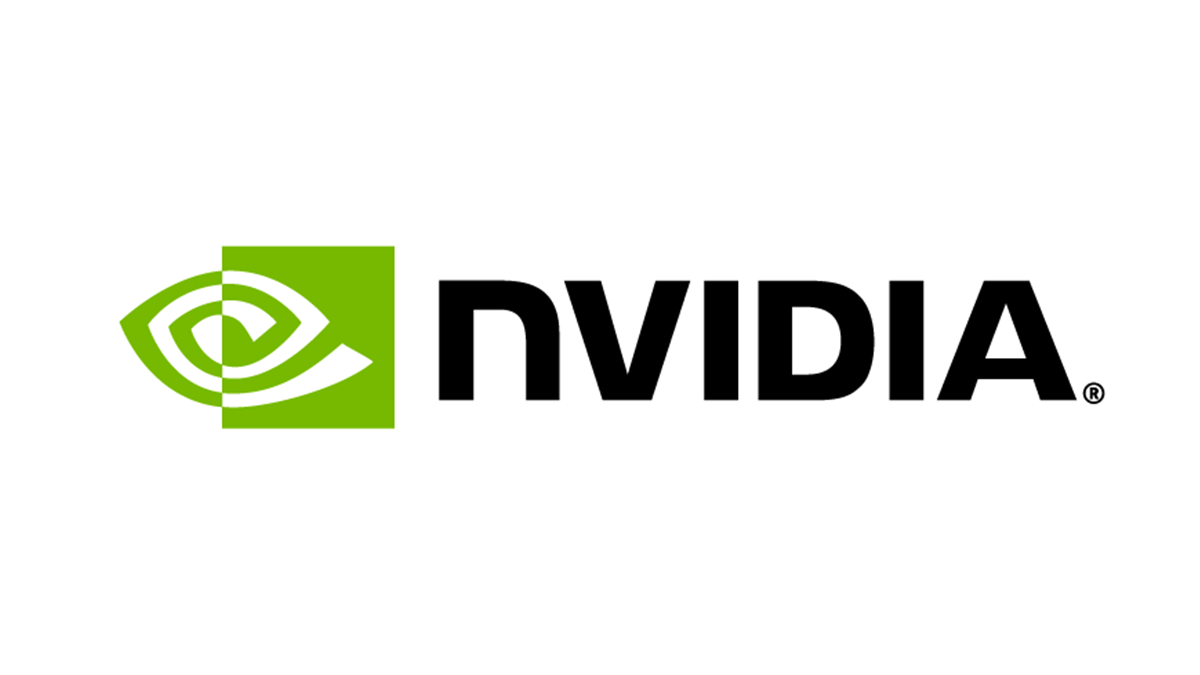Introduction
Markets are an interplay of complex dynamics driven by countless variables. Today, we’ll analyze the options market and Gamma Exposure (GEX) as of June 30, 2023, along with Market Stress Indicator (MSI) and Volatility Index (VIX) signals. We’ll look at how these signals can guide traders’ decisions and illuminate the ongoing market sentiment.
A Background on Key Indicators
Before delving into the specifics, let’s briefly define these key indicators:
- Market Stress Indicator (MSI) measures the level of fear or stress in the financial markets. Higher positive values indicate higher stress levels while negative values indicate more stable market conditions.
- Volatility Index (VIX), often referred to as the fear gauge, measures the market’s expectation of future volatility. A high VIX suggests more uncertainty and, therefore more perceived risk, while a low VIX signifies more complacency and less perceived risk.
- Gamma Exposure (GEX) is a measure of the aggregate gamma of options traders in the market. This can act as a proxy for how much hedging activity market makers will undertake and can provide insights into potential market stability or instability.
The State of the Market: MSI and VIX Signals

Starting from mid-May to early June, we observed a shift in investor sentiment. The MSI decreased from 0.85 to -0.97, signaling a decrease in market stress. Simultaneously, the VIX rose from 16.05 to 20.03, indicating an increase in market volatility and potential fear among investors. This suggests a dynamic market with fluctuating investor sentiment.
However, fear turned into optimism as the MSI swung into positive territory, peaking at 3.4 on June 23, while the VIX fell back to around 13. This shows a recovery phase, with reduced uncertainty and, possibly, favorable economic data prompting improved sentiment.
Towards the end of June, there were signs of complacency. Despite the MSI still being positive, it began to decline, from 3.4 on June 23 to 1.81 on June 30. Meanwhile, the VIX remained steady at around 13. Traders should keep an eye on the MSI and the VIX. If the MSI continues to fall or if there’s a sudden spike in the VIX, it might be a signal for a market correction.
Analyzing Gamma Exposure (GEX)

A key aspect of market dynamics is Gamma Exposure (GEX). In recent days, the market saw a gamma flip at strike 4305.1, turning it into a critical support level as the current spot value (4396.44) exceeds it.
Observing the gamma concentration, Call Gamma is focused at 4500 (162 million) and 4450 (146 million) strike points. For Put Gamma, the concentration is highest at 4400 (-147 million) and 4300 (-82 million) strike points.
The GEX data indicates that Market Makers are adopting a dynamic strategy. They are buying as the stock price falls, creating a strong base of support, and adding to their short positions as stock prices rise, preparing for any potential downturn.

The Interplay of MSI, VIX, and GEX
The recent market signals indicate a period of relative stability. The MSI is hovering around near-zero, showing increased sensitivity to sudden changes influenced by the VIX. However, the VIX is low, suggesting complacency. Simultaneously, negative GEX values hint at a potential upward market movement, provided the MSI starts increasing again.

Conclusion: What Does it All Mean for Traders?
Given this analysis, the overall market sentiment seems cautiously optimistic, with some room for potential upside. Heavy put gamma strikes act as strong support levels, while heavy call gamma strikes can present resistance in any upward move.
Traders should monitor these indicators while considering scaling into long positions cautiously. However, it’s crucial to remain vigilant for any potential shift in market sentiment that could trigger volatility and be ready to adjust strategies accordingly. The key takeaway is to stay adaptable and keep a close eye on the evolving dynamics of the market.



